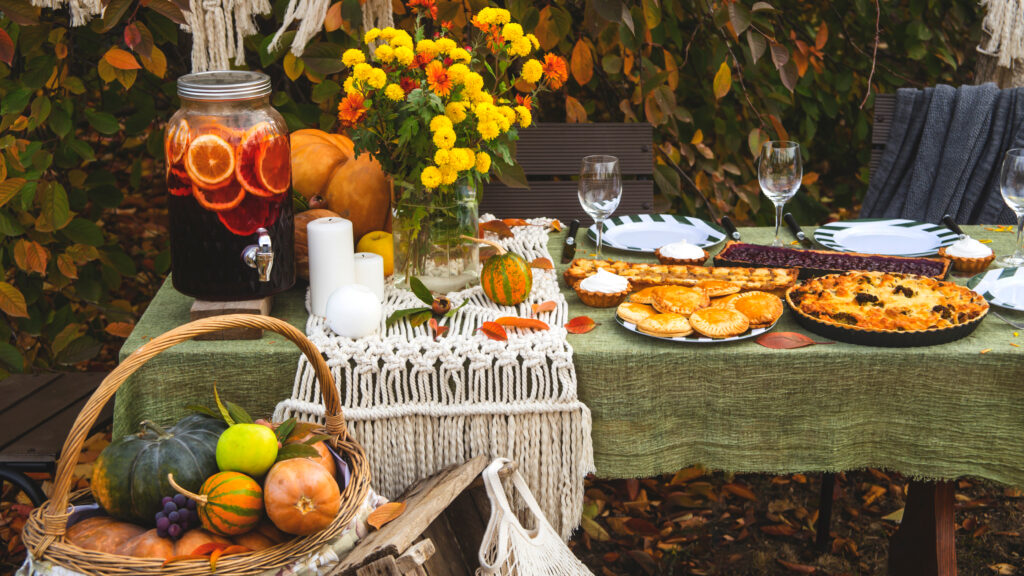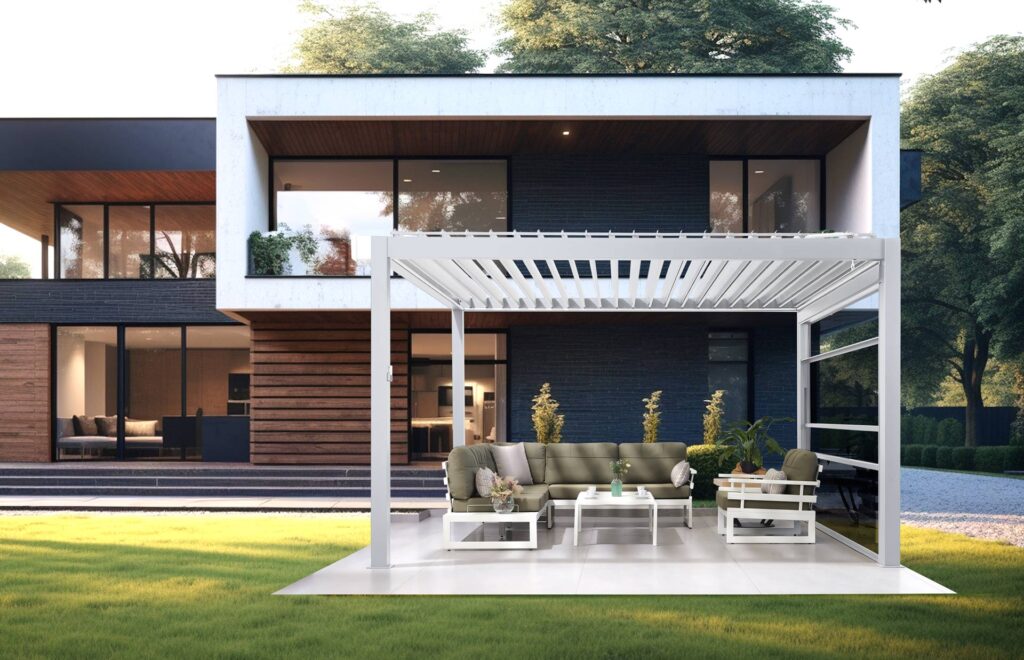DIY Pergolas are a fantastic addition to any backyard, giving you beauty and function. But what really elevates a pergola’s charm is the addition of greenery and climbing plants. Whether you’re aiming for a romantic garden retreat or a vibrant outdoor living space, integrating plants into your pergola design can completely transform your space.
1. Choose the Right Climbing Plants for Your Pergola
Climbing plants are the most popular and effective way to add greenery to your DIY pergola. These plants can quickly cover the structure, creating a lush, shaded environment and providing a sense of privacy. Here are some great options for climbing plants:
- Clematis: Known for its beautiful flowers, clematis comes in a variety of colors, from soft purples to bold reds. It grows rapidly and can cover a pergola’s beams in no time.
- Wisteria: For a dramatic look, wisteria is perfect with its cascading purple or white flowers. It adds elegance and fragrance to your outdoor space.
- Roses: Climbing or rambling roses can bring romance and color to your pergola. They need a little more maintenance but are well worth it for the beauty they add.
- Bougainvillea: If you’re in a warmer climate, bougainvillea is a fantastic choice for vibrant color. It’s hardy, drought-tolerant, and adds a burst of pink, purple, or orange to your pergola.
- Ivy: For a more classic, all-green option, ivy is ideal. It grows quickly and covers your pergola with dense leaves that look neat and tidy.
When planting climbing plants, make sure you provide them with sturdy supports, like trellises or wires, to help them grow efficiently.
2. Add Hanging Plants for a Layered Look
While climbing plants can create vertical interest on the pergola’s beams and rafters, hanging plants can help bring in some greenery at eye level. The right hanging plants can add texture, color, and depth to your DIY pergola. Consider hanging:
- Ferns: Ferns are lush, green plants that thrive in shaded areas, making them perfect for pergolas with partial coverage. Place them in hanging baskets to create a soft, flowing look.
- Petunias: For a burst of color, petunias in hanging baskets can add vivid pinks, purples, and reds under the pergola’s roof.
- Pothos or Philodendron: These low-maintenance trailing plants are perfect for creating a cascading effect from the beams of your pergola.
Mixing different plant types in hanging baskets allows you to create a layered, natural look that brings dimension and life to your space.
3. Integrate Potted Plants Around the Base of Your Pergola
If you prefer a more structured look, placing potted plants around the base of your DIY pergola is an easy and flexible way to incorporate greenery. Choose large planters or urns and place them at the corners or along the edges of the structure to create a balanced, welcoming entryway. Some plant suggestions for potted arrangements include:
- Lavender: This fragrant herb adds both beauty and a calming scent. Lavender thrives in sunny areas and works great in pots along the pergola’s perimeter.
- Hostas: For a shade-friendly option, hostas add lush, leafy greenery and create a more relaxed, serene atmosphere.
- Succulents or Cacti: If you’re in a hot climate, succulents and cacti can offer a unique and low-maintenance greenery option. Their striking shapes and vibrant colors can add interest to any outdoor space.
Potted plants are perfect for people who want flexibility—they can easily be moved around and changed depending on the season or your evolving design preferences.
4. Use Greenery as a Privacy Screen
One of the best things about a pergola is how it can create a semi-private space, but with the right plants, you can take this a step further. If you’re looking for more privacy, climbing vines like morning glories or hops can quickly cover the sides of your pergola, providing additional seclusion. Tall grasses such as pampas grass or feather reed grass can be placed at the corners or along the edges to enhance privacy while adding texture, and bamboo, which grows tall and dense, offers great coverage and a sense of tranquility. Bamboo is also low-maintenance and fast-growing, making it an ideal choice. These plants not only boost your privacy but also add a layer of texture and sound, helping to block out unwanted noise and create a more peaceful, retreat-like atmosphere.
5. Don’t Forget the Ground: Add Groundcover Around Your Pergola
While the focus is often on plants growing up the pergola, don’t forget about the space beneath your feet. Adding groundcover plants around your pergola can help create a seamless transition between the structure and the rest of your garden. Creeping thyme, a low-growing herb, offers a soft, aromatic groundcover that spills over the edges of the pergola, while moss can create a whimsical, forest-like feel, thriving in shaded, damp conditions for a magical, rustic look. Creeping Jenny, with its vibrant green color, spreads quickly and adds texture and vibrancy to the ground. These groundcover plants not only enhance the beauty of the space but also tie everything together, making your pergola feel like a cohesive and unified part of your outdoor environment.
Incorporating plants and greenery into your DIY pergola design is an easy way to make your outdoor space feel more alive, inviting, and tranquil. Whether you’re growing climbing vines for shade, adding colorful hanging baskets, or simply placing a few potted plants, these simple additions can completely transform your pergola into a beautiful garden retreat. Are you looking to elevate your outdoor space? Explore our pergolas today!










